How to Display Artwork without Nails
Let’s break down how to hang art without nails
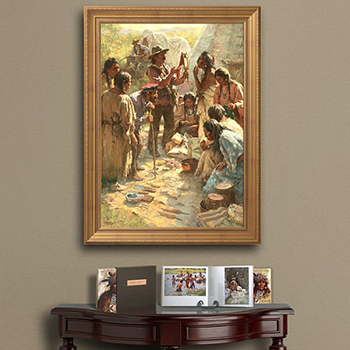 If you’re looking to get started on displaying your art collection, but you’re interested in creative ways to display art without plunging holes all over your walls, then rest assured, you’re in the right place. They are all kinds of creative solutions for displaying your art without having to do the traditional method to hang pictures or paintings. And many of these ideas are both fun and visually appealing. So, without further ado, let’s get started.
If you’re looking to get started on displaying your art collection, but you’re interested in creative ways to display art without plunging holes all over your walls, then rest assured, you’re in the right place. They are all kinds of creative solutions for displaying your art without having to do the traditional method to hang pictures or paintings. And many of these ideas are both fun and visually appealing. So, without further ado, let’s get started.
Hang Art from Fixtures
One strategy you may have seen on Pinterest boards is to hang art from moldings or other wall and ceiling fixtures. This is a very creative solution that gives an appealing crafty allure while still showcasing your art pieces. You can use hooks to hang the Art from string or wire if your home doesn’t have a wall molding. Alternatively, you can use a picture rail to the same effect.
Use Command Strips
Another convenient option to avoid nails to use command strips. Oftentimes, three strips at the top of the frame will do the trick. However, heavier and larger paintings may not work great with this option. Remember to use a level to make sure that the painting is straight when you apply it with command strips.
Use Artsy Furniture to Display Paintings
Certain trendy pieces of furniture are built to hold paintings as part of the design. For example, there couches that have it kind of scaffolding that reaches beyond the furniture piece where you can hang or place your art. Browse different furniture options and consider the possibilities for displaying art on a trendy piece of furniture.
Use a Creative Object or Prop
Don’t be afraid to get creative with other ways to display art. For instance, you could use an object such as a ladder or another creative piece to set up and display are in your home. You can find hey rustic appeal by thinking creatively about how to use unconventional objects in a fun aesthetically pleasing manner.
Use a Peg Board
You can also set up a pegboard along the wall. That way you can easily stick your art to the pegboard and move it around that will without worrying about damaging the wall. It also creates a light and playful feel for any room.
Lean Your Art on the Wall
Forget you can also just lean your art against the wall. As much as this sounds lazy or unfinished, you might be surprised by the look you can pull off with a well-placed piece of wall-leaning art. Keep in mind that larger paintings can work quite well set simply from the floor. In addition, some homes or apartments have wall fixtures built-in that actually work rather well to display art.
Use Decorative Tape
Another training option is to find some decorative tape. You can simply take the art straight to the wall using the colorful and patterned tape to accentuate the display. This is a look that appeals to a crafty, photobook kind of look.
Office Clips for Hanging
Along a similar vein, you can hang art pieces from office clips. This offers a convenient way to nail or tack your heart as these clips have a hole in them and then the clip part that can hold the art. Once again, this creative option has a trendy sort of aesthetic that you may really enjoy.
Using Shelves
Don’t forget about the classic shelf option. You can use shelving in an unlimited amount of creative ways to display your art. In addition, don’t forget to try the staggering painting option. Simply place art piece one in front of the other in a way that looks fun.
Use an Easel
Our last fun idea to display art without walls is to use an easel. This is a really fun way to bring a lot of attention to your favorite art piece. Wooden easels offer a light, minimalist appeal that can work quite well to emphasize the painting on display. Other styles of the easels such as aluminum and painted types can also work well depending on the look you have in mind.
Fine Art Publishing High-Quality Limited Edition Prints
When you’re ready to get started on your art collection or continue adding to an existing one, Fine Art Publishing offers the best and high-quality, limited edition prints. Our featured artists are luminaries in the field with decades of experience and particular finesse in the genre of cowboy and Native American art. Whether you plan to nail your art to the walls or go with less conventional means of display, we invite you to explore our collection of fine art. Our superior quality prints feature acid-free papers and canvases and fade-resistant archival inks. You will not find a higher quality product anywhere.
American West Fine Art Prints
Every limited edition print is closely proofed and examined by the painting’s artist to create a precise match of the original work of art. It is only when the artist is completely satisfied that the match is defined to go through the careful printing process. Every individual art piece is then closely inspected in hand signed by the piece’s artist. Each art piece is numbered consecutively to authenticate which edition the piece belongs to. There is no higher quality limited-edition art print available than what Fine Art Publishing has to offer.
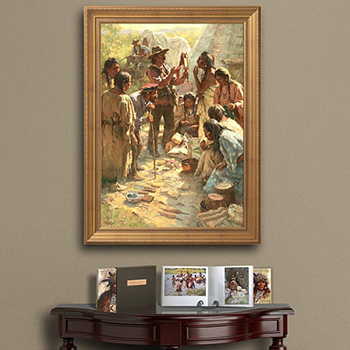 Learning how to display art in your home has many different factors are important to consider to achieve the aesthetic that works best for you. To help you to navigate this topic, we have pulled together a list of the 7 most important aspects to consider for your art display. Interior designers and art connoisseurs alike agree that these measures will help you to highlight your home’s art without committing a visual faux pas. Whether your art is traditional or contemporary, photography or paintings, or anything in between, this discussion can help you understand how to display your art with a touch of class.
Learning how to display art in your home has many different factors are important to consider to achieve the aesthetic that works best for you. To help you to navigate this topic, we have pulled together a list of the 7 most important aspects to consider for your art display. Interior designers and art connoisseurs alike agree that these measures will help you to highlight your home’s art without committing a visual faux pas. Whether your art is traditional or contemporary, photography or paintings, or anything in between, this discussion can help you understand how to display your art with a touch of class.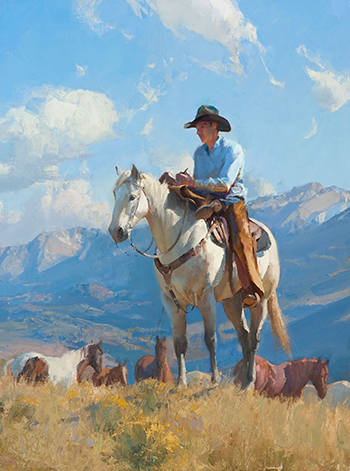 5. Hanging Height
5. Hanging Height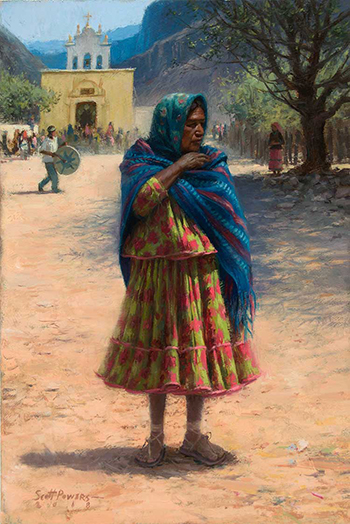 The process of buying art can be a bit daunting, especially if you are new to the process. However, there is a lot you can do to prepare yourself before you venture out to start buying. Plus, if you are an experienced art collector you can still benefit from thinking about your own process and how to get better purchasing art for yourself. So, we invite you to read through our tips as you consider buying your next piece.
The process of buying art can be a bit daunting, especially if you are new to the process. However, there is a lot you can do to prepare yourself before you venture out to start buying. Plus, if you are an experienced art collector you can still benefit from thinking about your own process and how to get better purchasing art for yourself. So, we invite you to read through our tips as you consider buying your next piece.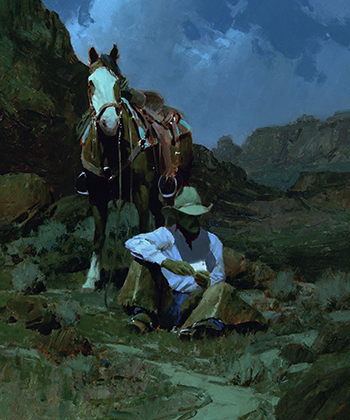 Consider the Long-Term Impact of Your Choice
Consider the Long-Term Impact of Your Choice When you are taken back by the beauty and magnificence of a stunning work of art, the first instinct includes curiosity about the creator of the piece. Who painted this? What other works have they produced? What’s their story, their inspiration? What’s the story behind this piece I love so much? How Do I Find Out More About the Artist? These are some of the common questions art admirers have when they view great paintings.
When you are taken back by the beauty and magnificence of a stunning work of art, the first instinct includes curiosity about the creator of the piece. Who painted this? What other works have they produced? What’s their story, their inspiration? What’s the story behind this piece I love so much? How Do I Find Out More About the Artist? These are some of the common questions art admirers have when they view great paintings.